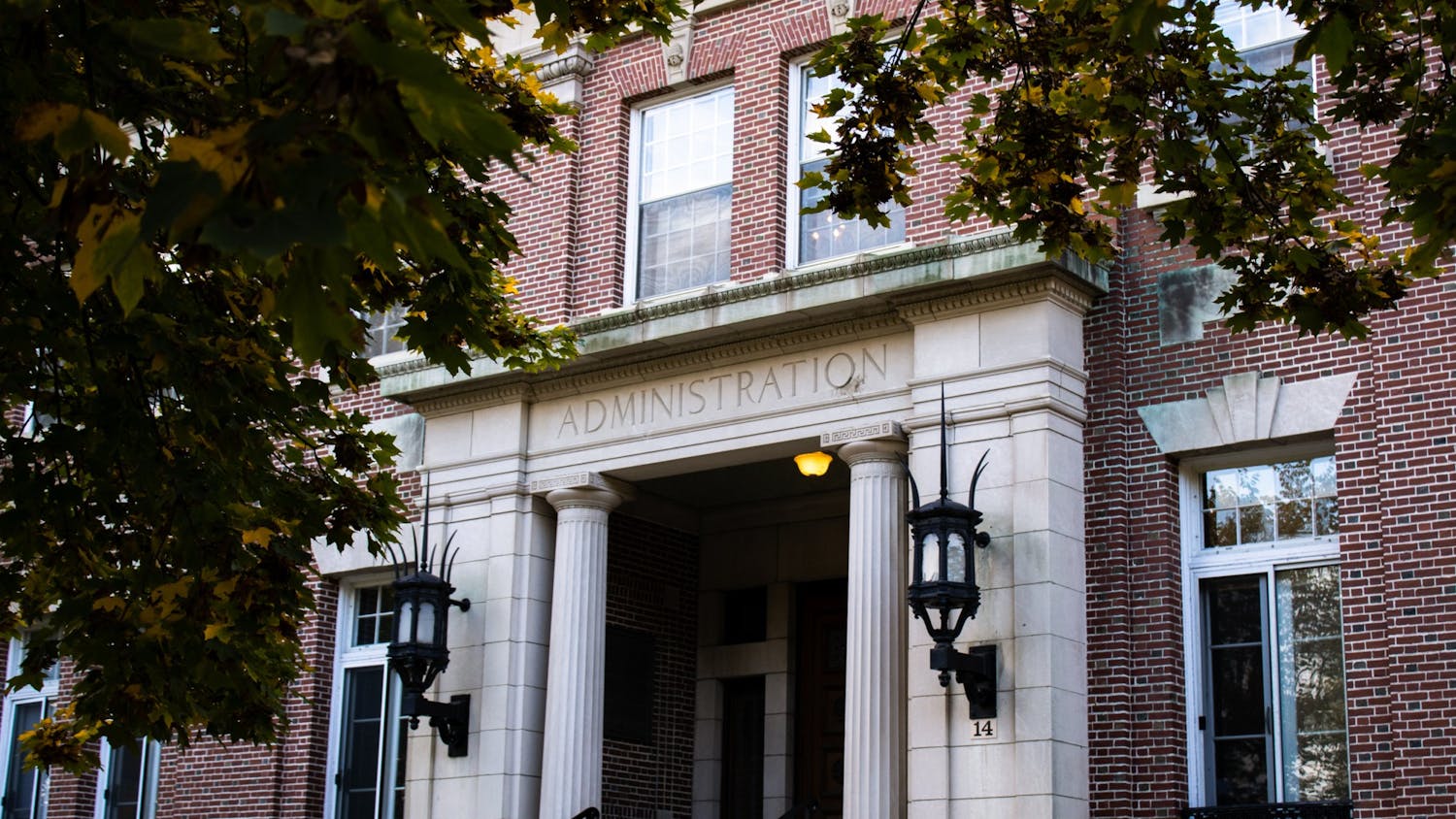As members of the Class of 2018 unpack today, some will be moving into spaces that diverge from the typical freshman floor. More than 200 freshmen are enrolled in a living learning community, said assistant director of residential education for living learning programs and academic initiatives Katharina Daub.
These residential spaces aim to unite students around shared interests and are part of a larger initiative the College is undertaking to transform the way students live on campus.
Communities range from the longstanding East Wheelock cluster, founded in 1996 to integrate intellectual and residential life, to the newly opened Triangle House, which will focus on LGBTQ issues.
There are two other living learning communities open to freshmen: an entrepreneurship community and a global village, both new this fall. The global village combines a series of language-based floors and the Dickey Center’s Great Issues Scholars program, while the “DEN in Residence” is affiliated with the Dartmouth Entrepreneurial Network.
These new options for freshmen are part of a greater shift, one that began with the announcement of living learning communities last fall and was bolstered by Board of Trustees Chair Stephen Mandel’s March announcement that the residential system will change to a “neighborhood” model.
The change also includes design-your-own communities, an option that allows groups of upperclassmen to live together in a residence hall and run programs related to a theme. An additional 11 affinity housing options will now fall under the umbrella of living learning communities.
Fourteen groups of 15 or more students applied to design communities, choosing a faculty or staff advisor and proposing a plan for the year’s programming. Ten groups were selected, with themes ranging from multiculturalism to healthy living. One group will live on an “herbifloor,” which will focus on ethical and plant-based eating, Daub said.
Students have generally expressed enthusiasm for the initiative, though some cited concerns about the genuineness of applicants’ interests and the difficulty of finding enough like-minded peers.
Daub said her main concern was that some students would not actively participate in their communities’ programming, but said she was hopeful that the “honor system” currently in place would succeed, supported by the involvement of faculty advisors.
Much of the discussion surrounding the initiative has centered on the goal of building a sense of community for upperclassmen in residential life. A similar theme has been cited as a motivation of the new neighborhood system, which the College will develop and roll out over the coming terms.
The system will house upperclassmen in the same cluster for three years beginning with the Class of 2019, residential education director Mike Wooten said. Wooten said he envisions the system working alongside the D-Plan, so a neighborhood’s rotating residents may recognize common faces after an off-term.
The College hired architectural design firm Sasaki Associates to help plan the new system. After conducting research throughout the spring and summer, the firm and the Office of Residential Life will present proposals to the Board of Trustees at its September meeting.
Vice president for campus planning and facilities Lisa Hogarty will also assist.
A full transition could take up to 10 years, Wooten added.
Daub noted that the College is working to integrate the living learning communities and the neighborhood system into a single, “seamless” model.
Despite the focus on revamping upperclass housing, the changes will affect freshmen as well.
While students commonly find their first Dartmouth network on their freshman floors, members of the Class of 2018 living in a mixed-class living learning community will develop their own support systems, Daub said.
“The way I see it is that they’ll gain their communities from the living learning communities,” she said. “At the moments where it’s critical, like orientation and Homecoming, we’ll make sure the first-years are pulled together.”
Interest-based housing for freshmen is common at other colleges, she added, especially those seeking to boost retention and graduation rates.
The decision to implement the new communities followed research indicating that they are most effective for college students during their first and second years. Of students participating in Dartmouth’s living learning communities, 36 percent are freshmen.
The Class of 2018 is the largest in College history, and moving freshmen to the living learning communities could also open up space elsewhere, though Daub noted this will not have a significant impact.
Rob Del Mauro ’18, who is living in the Triangle House this year, said many of his peers asked why he opted out of a traditional freshman floor. But living learning communities were part of what attracted him to Dartmouth when deciding where to matriculate.
Del Mauro said he was actively involved with LGBTQ issues in high school and sought to continue in college, citing the accepting environment and opportunities to learn from upperclassmen as motivators.
“It’s not necessarily that I’m giving up the experience of having a freshman floor, I’m just having a different type of community,” he said.




